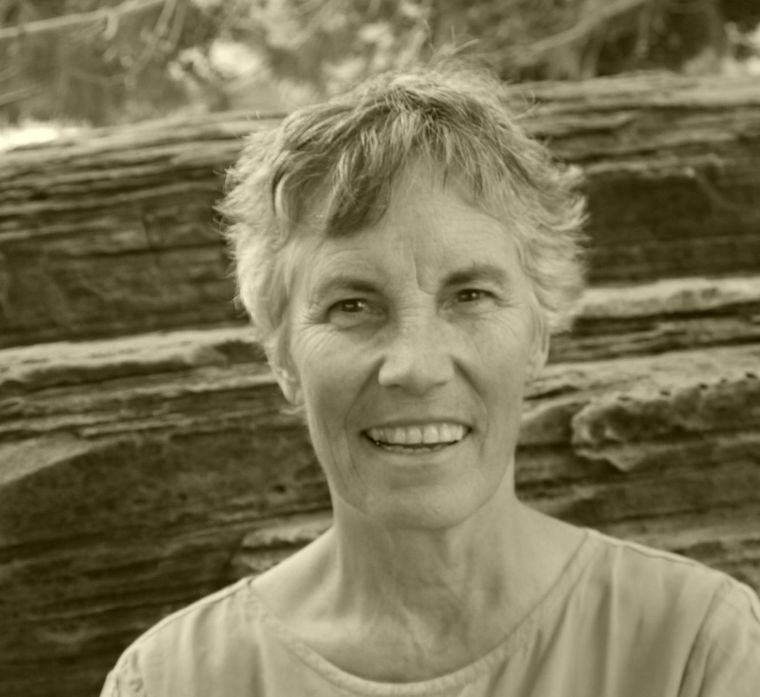Lately, the Moab area has had some welcome rain and positive water news. For starters, we can see on the web’s July 23 U.S. Drought Monitor map for the Western U.S. that Moab and Spanish Valley are currently not considered to be in drought – not even abnormally dry. A few weeks ago, the Natural Resources Defense Council (NRDC) also published a study, “Climate Change, Water, and Risk,” (also available on the web) with Grand County showing up as one of a minority of U.S. counties at low risk to its water supply sustainability through 2050, even considering climate change. And Grand and San Juan counties are being wise enough to undertake a three- to four-year study of how much water we actually have in the Glen Canyon Aquifer (Moab’s sole source of drinking water), where it’s flowing and how much we’re taking each year.
But another look at the same Drought Monitor map for the West is more sobering: The western half of Grand County is abnormally dry, and the majority of Utah is either in moderate or severe drought. All of Washington in the famously wet Pacific Northwest is in at least severe drought (the Olympic Mountains received 3 percent of their normal snowfall last winter), and despite some recent southern California rains, most of that state remains in the grip of extreme drought or what is considered the worst: exceptional drought.
Back here in Utah, June brought the highest average temperature the state has recorded since record-keeping began in 1896. As for the world, we collectively underwent the hottest first half of the year on record, so we’re on track to beat 2014 as the hottest year on record.
As for that NRDC report, while our Grand County is shown as one of eight Utah counties at low risk to water sustainability by 2050, the water sustainability in six other counties, including the populous Salt Lake and Utah counties, is at extreme risk by 2050, and our neighboring San Juan County, including Spanish Valley, is at moderate risk.
The end of the NRDC report is not sanguine. The authors observe that climate change “…may simply outrun the potential for alternatives such as modifying withdrawals, increasing water use efficiency, increased water recycling, enhancing groundwater recharge, rainwater harvesting and inter-basin or inter-county transfers to make up for water deficits.”
In addition, pressure will be placed on those counties and states that have water to share with those that don’t. Recall that the San Juan County request for 5,000 acre-feet of water from the Glen Canyon Aquifer in order to further develop Spanish Valley provided one of the incentives to undertake the current Grand-San Juan County aquifer study.
Further, the pressure won’t cease in 2050: “If climate warming continues to increase,” the NRDC report notes (and if the sun continues to rise), “we can expect the risks of water shortages to increase with it. There is no way to truly manage the risks exposed by this report other than taking the steps necessary to slow down and reverse the warming trend.”
We are all in this together. A proposed coal mine expansion beneath Wildcat Knolls on the Manti-La Sal National Forest (north of I-70, northwest of Emery) is a threat to the world’s temperature and thus water everywhere, not just to the knolls’ springs that have already disappeared after the current coal mine hollowed out the ground beneath them. Tearing the wild Book Cliffs apart to further turn up the heat on our world with dirty tar sands is a threat to water everywhere, not just, as demonstrated by University of Utah geologist Bill Johnson, to the springs below the PR Springs tar sands site.
I remember as a child pondering the image of a millionaire with a diamond in his hand, stranded in a desert and dying of thirst, being willing to give the diamond away for a canteen of water. What political, economic, production and reproduction changes are we willing to make to reverse our collective heating of the world and to move, now, toward providing water for everyone on Earth one hundred years from now?



